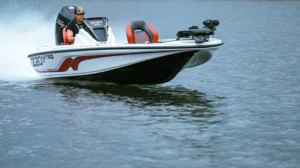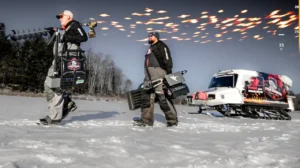For most of us who live in the colder climates of the United States, cabin fever is setting in big time. As I sit around the house mired in seasonal depression, reading articles, watching fishing videos, and going through tackle, I can’t help but get the jitters thinking about my favorite time of year to be on the water. There’s nothing quite like spring bass fishing. The bass are awakening from their winter dormancy and they have one thing on their minds before the big spawn. You guessed it: gorging themselves to the max to have the proper nutrients before working hard to make future generations of green and brown bass.
I wait all year for that first ice to go off the lakes. Whether it’s throwing a jerkbait, dragging a swimbait, throwing hair, or crankin’ a chatterbait; the bites are ferocious and it’s the best time to catch your new personal-best bass.
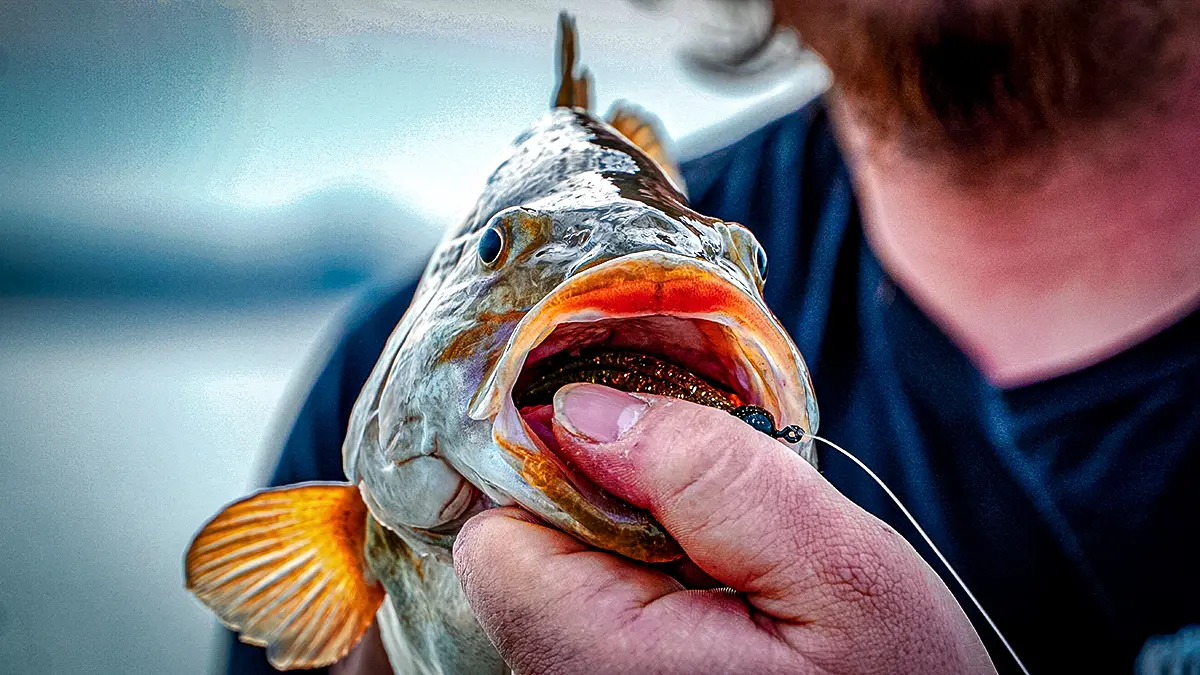
While most of the following advice comes from extensive experience on northern fisheries for both largemouth and smallmouth, these techniques can be and are utilized in all areas where there is a significant temperature change among the four seasons. So, don’t hesitate to try something new here in the southern impoundments; it just might put a few more fish in the boat.
Spring Bass Fishing: Understanding Bass Behavior
Pre Spawn and Habitats to Target
As you can imagine, when that ice comes off the lake, that water is cold; and I mean COLD! In some cases, when the area around your local boat ramp finally has open water to dump a boat in, other parts of the waterbody might still have ice on the banks and in the shallow coves. When the water is that cold, you need to take a specific approach, especially in northern lakes, most of which contain both species of fish.
There are two ways you can go: either really deep or really shallow. Many of your smallmouth will still be in their wintering patterns hugging deep rock piles, boulders, and any sort of hard structure on the bottom. Largemouth will also hang around hard structures, but will relate more to the forage that’s closer to whatever weeds are still left from the fall.
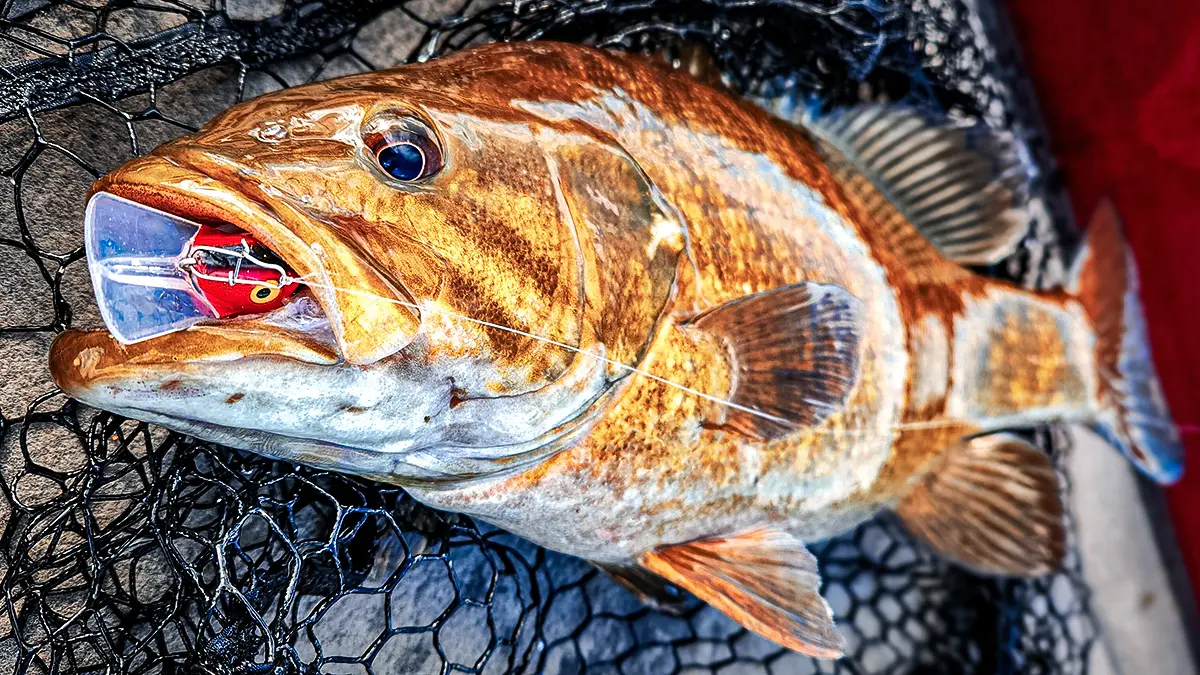
For largemouth especially, the extreme shallows are what warms up the quickest, especially when they’re full of rocks and woody debris. Hard structures also heat up faster, especially when the sun is hitting them on a warm early spring day. Afternoon hours can be killer after the sun has had a chance to “bake” those hard structures all morning long and give off some heat.
Once that water warms up a little bit after some warm spring sun and crests the 40 degree mark — that’s when things really start to get going. Both largemouth and smallmouth get up shallow and probe the flats, searching for their next meal. Even though the bass are usually pretty hungry, the water is still cold, and they are fairly lethargic still, so presenting a bait that will sit in front of their face and suspend is crucial to picking up more bites.
Fast forward a few weeks to mid to late April; that’s when the real magic happens. Water temperatures enter the roaring 50s and bass just want to feed up heavy before the spawn. Both species are cruising the shallows looking for their next meal. This is the time of year most anglers enjoy most, just because of how willing bass are to bite practically anything. It’s truly one of the best times of the spring to be on the water if you’re looking for a new personal best.
The Spawn: What to Look For and Avoid
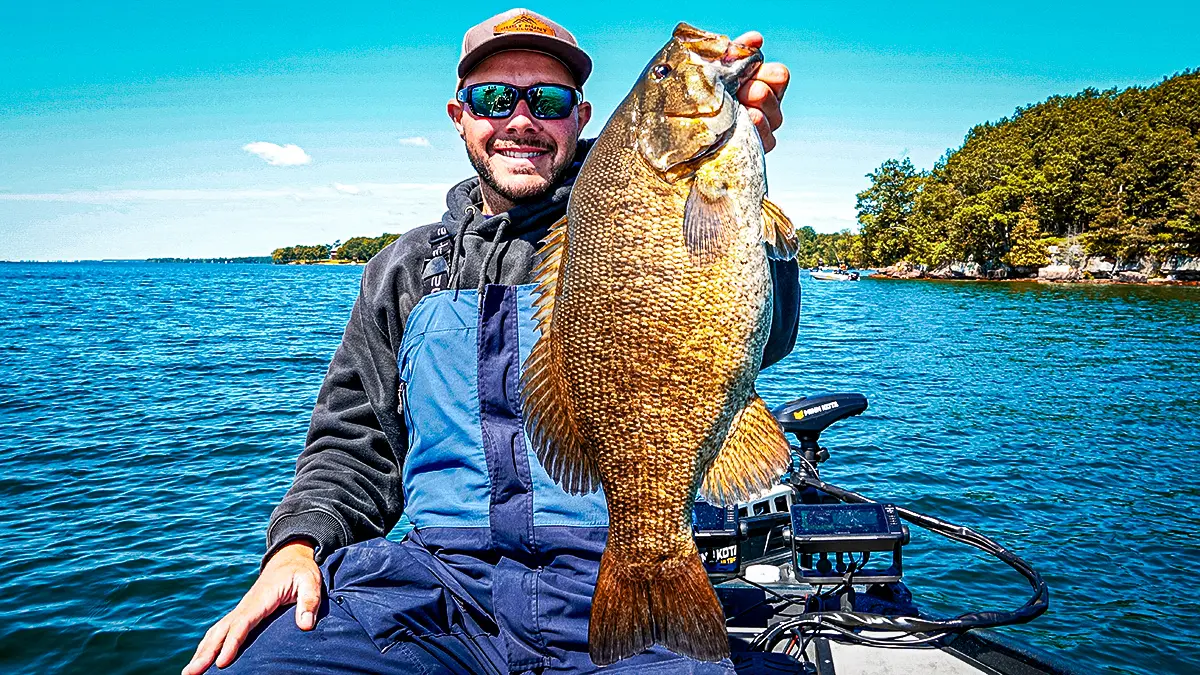
The other part of the spring that many people either look forward to or completely hate is when the bass start to spawn. For smallmouth, it’s when the thermometer hits that 55-degree mark; largemouth wait until temps hit the low 60s. Hammering bass at this time of year can be an extremely touchy subject, especially because this is when tournaments start in many parts of the country.
While catch-and-immediate-release is the best practice if you see a bedding bass and want to catch it, please take into consideration that this is the most stressful time in the bass’s lifecycle every year. It takes a lot out of them to not feed and protect their nests with all of their might. The more effort they put into fighting you on the way to the boat, the less energy they have to protect their nest when they get released.
Both bass species generally spawn in shallow water to allow good light penetration for substantial egg growth. In very clear water, light penetrates deeper; you might find bass spawning as deep as 20 feet or more, especially smallmouth.
Whatever the water clarity, you can easily define a bass bed in the water, because it’s generally lighter colored than the rest of the surrounding bottom. Male bass will come shallow to gather a mixture of rock, sand, gravel and other hard structures to fan out a nest with their tails — that’s what makes it stand out.
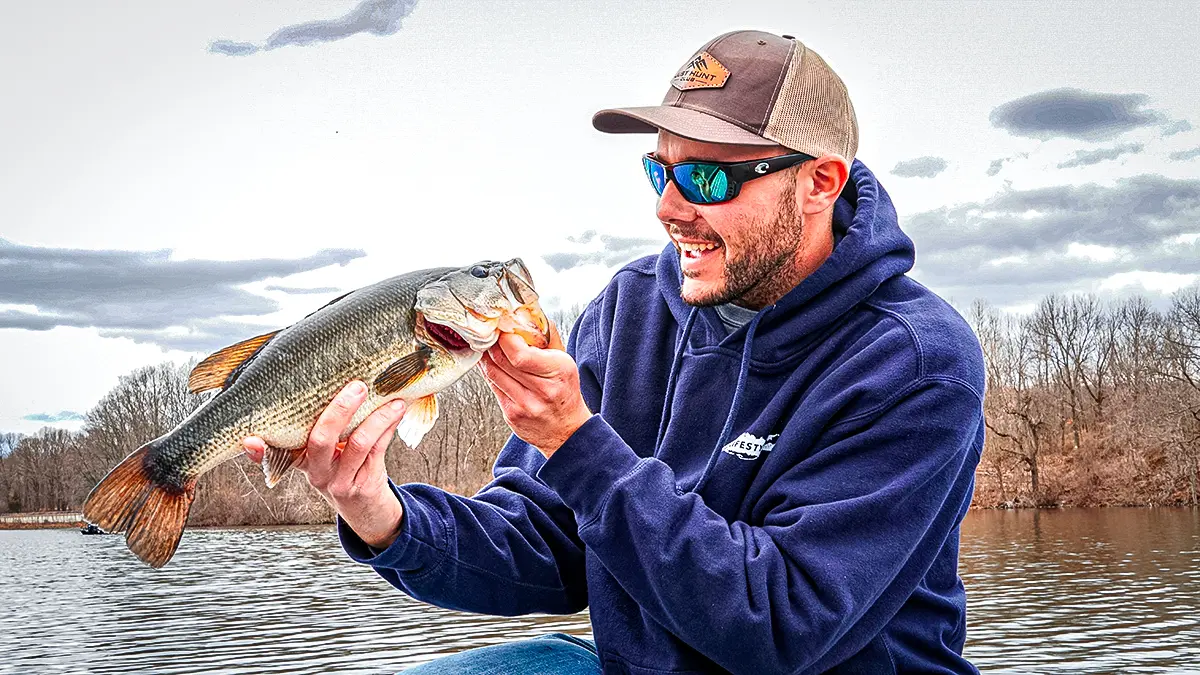
Sometimes, you’ll even spot nests next to large boulders, docks, and holes in vegetation. Males will continue to stay in the nest until after the fry emerge. The only time a female bass is present is when they come to lay their eggs and physically spawn. Females will hang around for a few days before moving on to another nest, since most don’t deposit all their eggs in one place; some females will deposit eggs in up to eight different nests in a single spring. The most important thing to remember is that not all bass spawn at the same time. There are different stages of the spawn on different moon cycles, and at any given time, bass can be in all three stages at once in a given waterbody.
Post Spawn and What to Look For
As the water temps rise out of the mid 60s into the 70s, many bass are starting to transition into their summer patterns. Often referred to as the “post-spawn blues” it can be one of the toughest times to catch fish, but it can also be the most rewarding when you do figure them out. Many of the male bass transition from guarding their nests to leading the fry into the nearest standing vegetation, where they will then stay till they are big enough to fend for themselves.
Some anglers consider fry-guardians a blast to catch, mainly because it’s like bed fishing, but the bass are more responsive to moving baits. You can actually get them to chase something instead of dropping your bait on their heads.
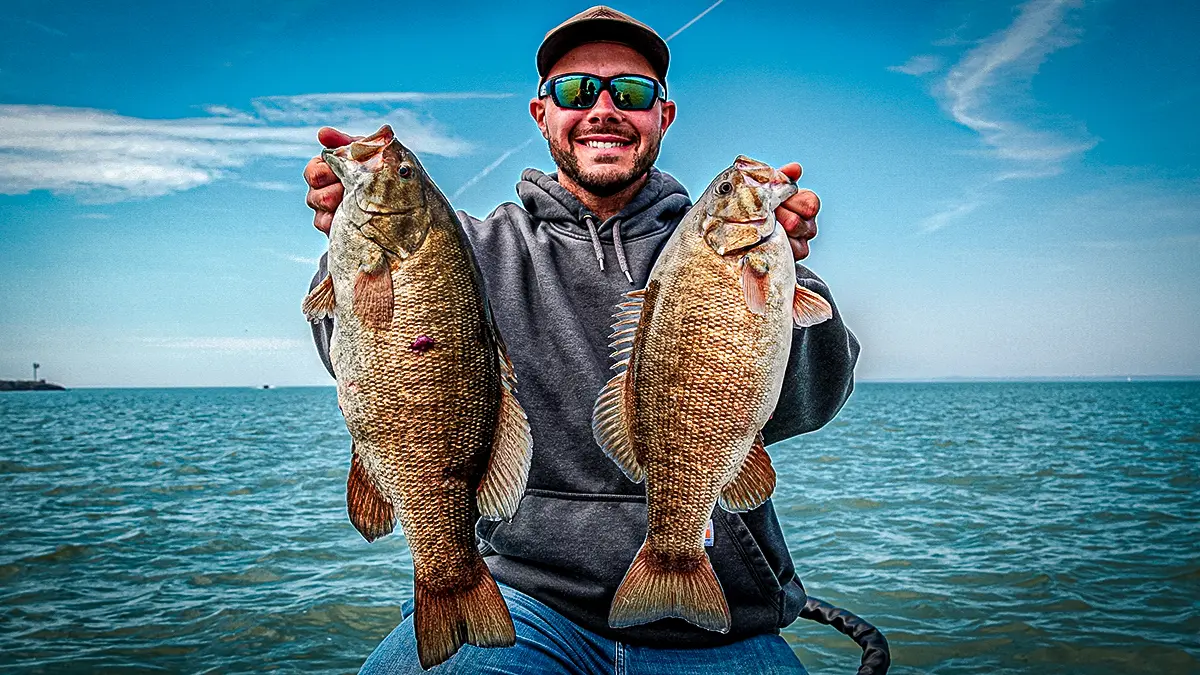
Many fish are also beginning to go deeper into weedbeds, rock piles, and docks to start feeding again. Fishing boat docks can be a big player this time of year. Bass will start to stray farther from their nests and take shade under boat docks. Standing and floating docks both provide great shade for predator and prey species.
Female bass, especially, will hang out under docks so they don’t have to go far to find an easy meal. Don’t disregard the areas inside weed edges, they can be a great post-spawn habitat feature. Bass don’t have to move far to slide into an inside weed edge; it’s an easy spot for them to ambush prey and relax after a stressful spawn.
Top Spring Bass Fishing Techniques and Tackle
There are many different techniques that can be used throughout the spring to put a lot of bass in the boat. Some definitely work better than others, but there are some that truly shine in the spring. Here are the top producers, from ice-out to the start of summer.
Jerkbaits for Spring Bass Fishing
A bait that I focus a lot on during the spring is the suspending jerkbait. It can be paused in the middle of the water column, making it tantalizing for bass, triggering some massive strikes. There are many different sizes, shapes, colors, and bill sizes on the market and they all play a huge role in the springtime, so finding the right one that fits your style of fishing and has perfect suspension is crucial to your success on the water.
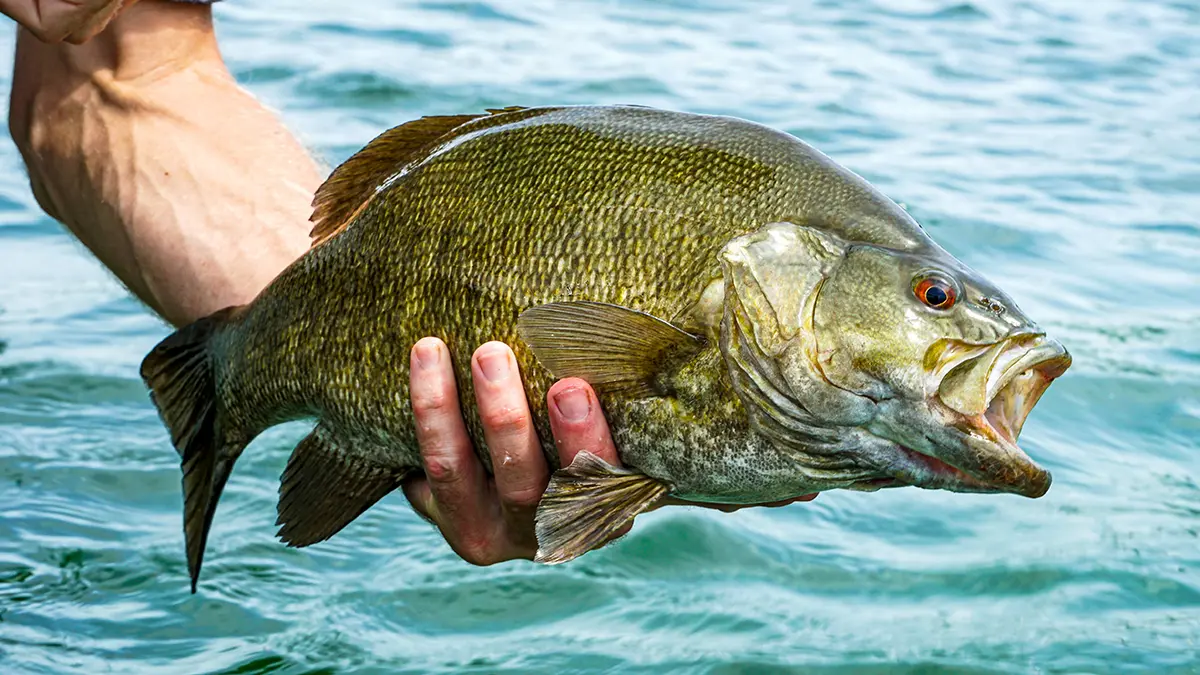
If I had one to choose from the plethora on the market, it would be the Megabass Vision Ito Oneten Jerkbait. It’s tight, darting action and perfect suspension make it one of the top jerkbaits. More importantly, the color and bill-size selection is second to none. Megabass makes quite a few great colors that I love to use early on in the spring: Elegy Bone, Northern Secret, and GP Pro Blue.
The hints of chartreuse in all those baits drives both species of bass crazy; it gives them something other than a baitfish pattern to hone in on in that shallow water. You can find all of these colors in each of the OneTen style baits Megabass makes, including the +1, the +2, magnum, and junior sizes for targeting bass in different depths and forage sizes.
Water temperature plays a huge role in jerkbaiting; I’ve found that a 45-degree water temp is perfect for throwing a jerkbait. Sometimes, when the water is super cold or warmer than 45 degrees, it affects the suspension abilities of the bait, and that can greatly affect the amount of bites one gets in a day.
Chatterbaits for Spring Bass Fishing
Chatterbaits are a staple for spring bass anglers, especially for largemouth. Its hunting action when being slow-rolled through shallow rock and wood is amazing for triggering shallow feeding bass. Generally, this is the bait you break out when that water temperature crests 50 degrees and the bass are more active and willing to chase a bait.
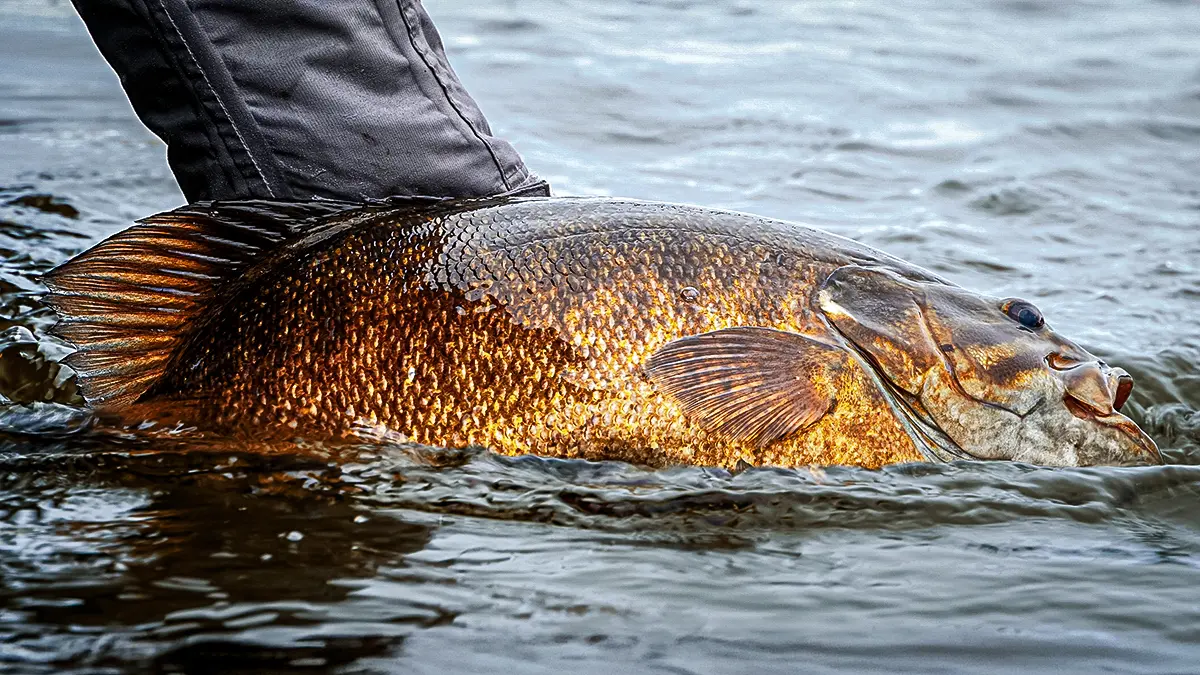
“I absolutely love the Z-Man Jack Hammer Chatterbait when it comes to covering water in the spring. It has such an incredible hunting action when paired with a Gary Yamamoto Zako trailer that both largemouth and smallmouth can’t resist” says Caleb Konrad of Reel One Guide Service out of Syracuse, New York. Caleb is a good friend of mine and I spend a lot of time fishing with him in the spring.
He’s my good luck charm — Caleb has been there for some of my best spring days the past few seasons, including the day I caught my personal best 8.09-pound largemouth and our personal best 5-bag of fish weighing in at 35.36 pounds anchored by an 8.12-pound brute and multiple 7 pounders. That’s unheard of on New York waters, but on the right water body in the spring, you have the potential to catch giants.
“Many of our northern largemouth and smallmouth feed on perch and bluegills in the spring, so understanding where they live will help you find more bass,” Konrad says. Utilizing baits that represent those species is crucial to success, and that’s why a chatterbait can be killer during the spring.
A Skirted Jig
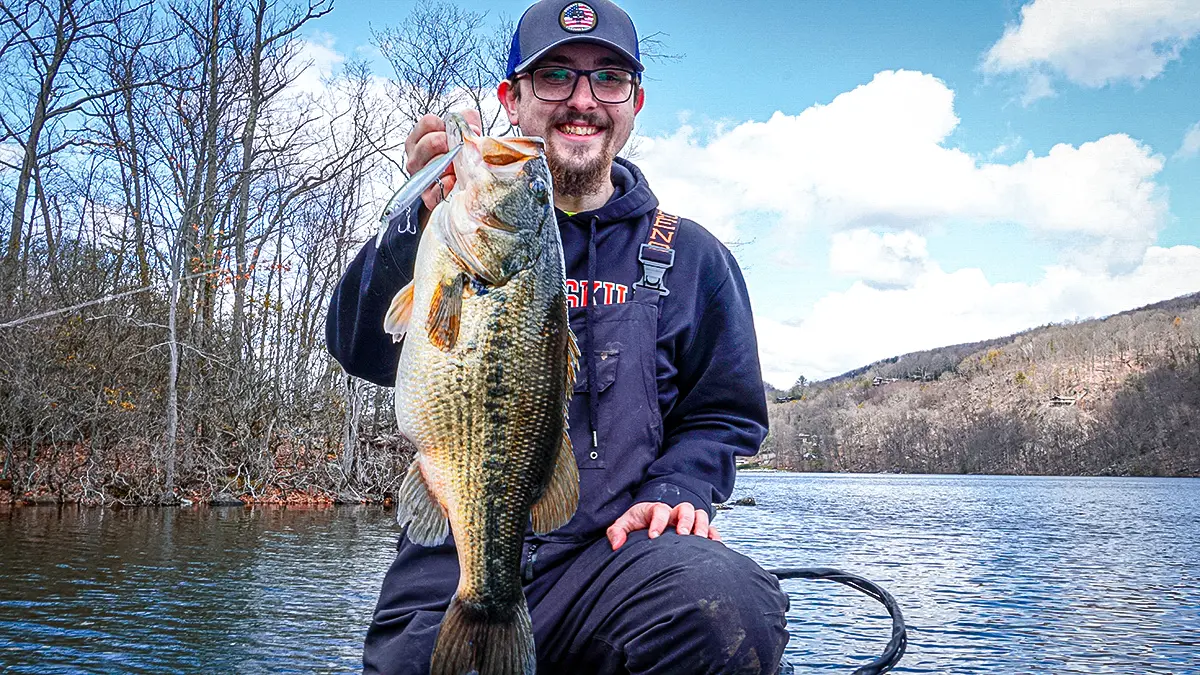
Whether it be a football, casting, or finesse jig, these rubber-skirted crayfish imitation baits catch fish all year long. But in the spring, jigs draw those big lethargic bass into biting. Besides perch and bluegill, bass love to key in on crayfish in the spring. “A jig is the best imitation on the market for imitating crayfish and I have one tied on at all times in the spring” Konrad says.
What makes a jig so effective is how slowly you can move the bait through structure while maintaining realistic action to draw more strikes. The slower you can work the bait, the better. Look for areas with hard structure, like wood or rock, that will hold heat. The crayfish will gravitate towards the warmth and the bass will follow suit.
We both love to throw a Keitech Model 1 Casting Jig; it has a great compact profile and gets bit more often when paired with the right trailer. The jig is something I will be discussing more in depth in future articles, so be on the lookout.
The Hair Jig for Spring Bass Fishing
If you’re not throwing hair in the spring, you’re missing out, plain and simple. The way it can slowly move across the bottom without any rod action and still flow well is what draws big bass into crushing this finesse bait.
It’s like fishing a skirted jig: if you think you’re fishing slow, SLOW DOWN! The slower, the better in order to trigger more strikes from both species. Take a deep dive into hair jigs here.
Spring Bass Fishing Regulations, Conservation, and Ethical Fishing
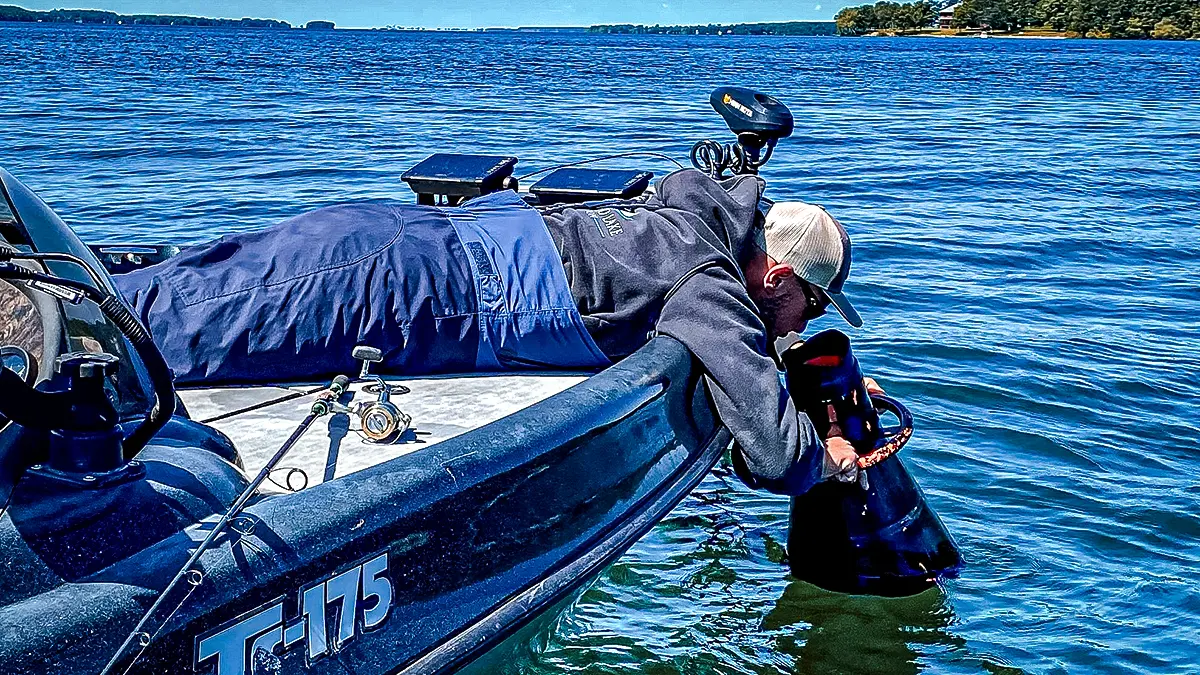
Springtime fishing can definitely be one of the most controversial times to catch bass, especially during the spawn. It’s also when bass tournament events get going in most of the northern U.S.
Remember to make fish care your utmost priority, whether you’re putting them in a livewell or releasing them. It’s a stressful time of the year for the fish, so handle them with care so they can reproduce for years to come.
I am personally against taking bass off beds in tournaments, especially smallmouth. In 2019, I fished a Bassmaster College Series Event up on the St. Lawrence River out of Waddington, New York, and it was on the opening weekend of bass season in the state. It was an incredible tournament, but there were hundreds of thousands of bedding smallmouth in the river at that time and 90% of the fish brought to the scales were off beds.
BASS Conservation directors did an excellent job in keeping the mortality rate low, but think about the number of fish taken from their beds from miles up river and the high mortality of fertilized eggs which became round goby food.
Before heading out on the water, please make sure you check your local regulations so you know if you can even fish early on in the spring for bass. Regulations like this are put in place for a reason, so please reference your local fish and game agencies.
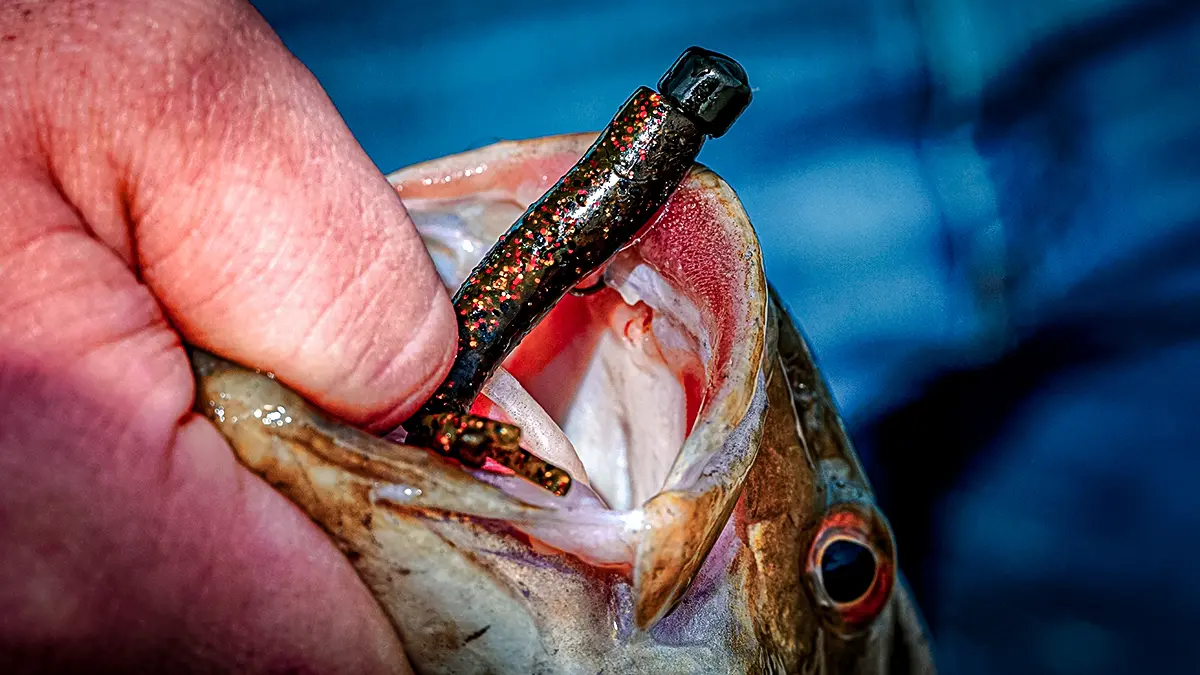
The Main Takeaways
The spring bite is one of the best bites of the year and one that every angler should capitalize on. Remember that the weather can be very bipolar this time of year, so play your cards right (and play hooky into work if you need to).
This is the best time of year to put your personal best bass in the boat and really get confident in some new techniques. Both bass species are eager to bite this time of year and you can have some of the most fun fishing shallow and putting big bass in the boat.






